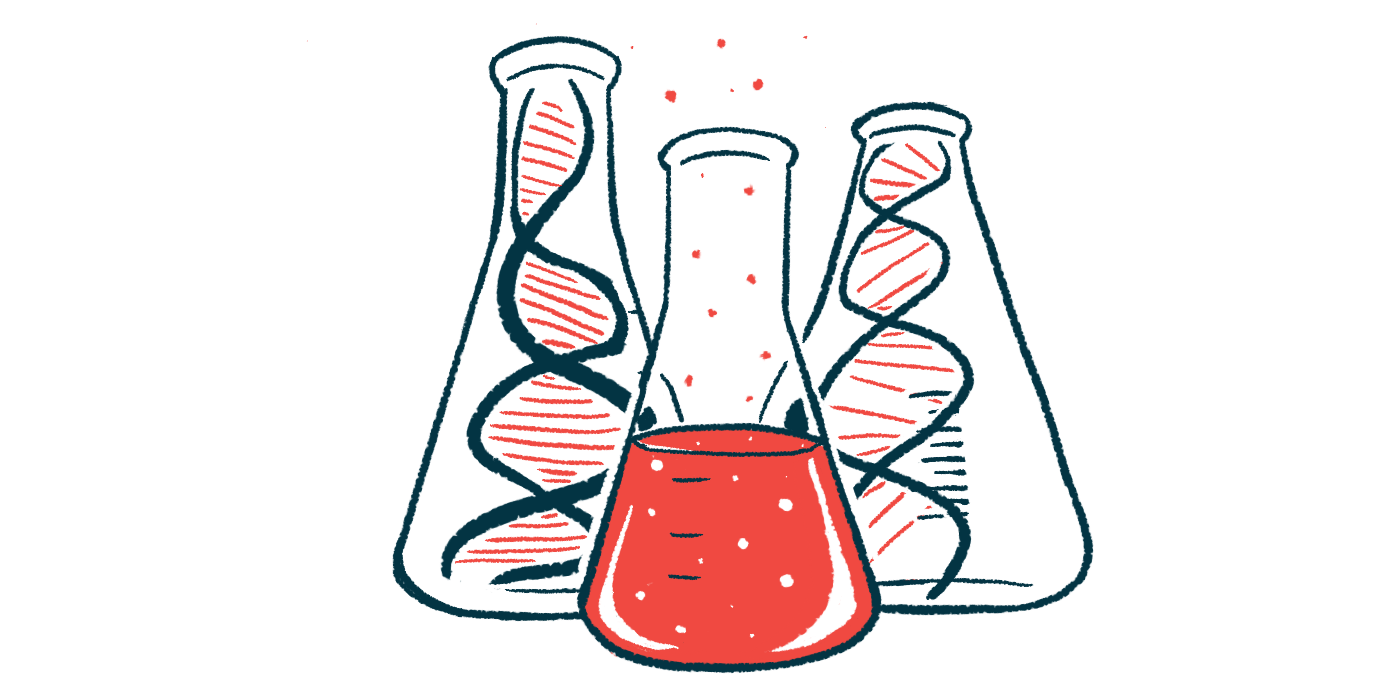Two genes ID’d as therapeutic targets for PAH
WDR43, GNL2 more active in lungs of people with PAH, study finds

Two genes were identified as potential drivers of pulmonary arterial hypertension (PAH) in a bioinformatics study, offering opportunities to better understand the disease and explore their use as biomarkers or therapeutic targets.
The genes, called WDR43 and GNL2, were more active in the lungs of people with PAH than in healthy individuals, suggesting they may be part of the molecular mechanism leading up to PAH.
The study, “Identification of hub genes based on integrated analysis of single-cell and microarray transcriptome in patients with pulmonary arterial hypertension,” was published in BMC Genomics by researchers in China.
PAH occurs due to a narrowing of the pulmonary arteries, the blood vessels that supply the lungs. The resulting high blood pressure leads to shortness of breath and forces the heart to work harder to pump blood through to the lungs.
What exactly causes the pulmonary arteries to narrow isn’t always clear, but it’s thought to involve abnormally rapid growth, inflammation, and scarring of the tissues around the blood vessels. However, which cells are involved also is unclear.
Drawing from two databases
To learn more, the researchers used the GSE210248 dataset from the Gene Expression Omnibus (GEO) public database. The dataset includes 22,704 cells from the pulmonary arteries of three people with PAH and 19,576 cells from healthy (control) individuals.
Ten cell clusters were selected for analysis based on their abundance and gene expression profile — the information about all genes in a cell that are copied into messenger RNA, a type of molecule that carries the instructions to make proteins.
According to the analysis, fat cells (5.6% vs. 39.4%) and fibroblasts (2.5% vs. 18.1%) were about seven times less abundant in samples from people with PAH than in controls. In contrast, the samples from people with PAH were richer in immune CD8-positive T-cells (50% vs. 3.3%) and macrophages (14.8% vs. 4.3%).
The researchers also drew on another dataset, GSE113439, which included lungs from 15 people with PAH — six of no apparent cause (idiopathic), four secondary to connective tissue disease, four secondary to heart disease, and one with chronic thromboembolic pulmonary hypertension — and 11 controls.
An analysis revealed fewer CD8-positive T-cells and cytotoxic (cell-killing) T-cells, including natural killer cells, but more monocytes infiltrating into the lungs of people with PAH versus controls. Monocytes are white blood cells that can remove dead cells from tissues.
The role of these cells remains unknown. “More researches need to be carried out to further explore the role of various immune cells in PAH and the underlying mechanisms,” the researchers wrote.
To understand which genes may be involved in PAH, the scientists used bioinformatics to watch for changes in gene expression. There were 997 differentially expressed genes — genes that were either more or less active in the lungs of people with PAH versus controls.
Exploring hub genes’ potential in PAH therapies, biomarkers
A software tool called Molecular Complex Detection (MCODE) then helped them to identify hub genes by grouping those that work together. Hub genes have many interactions with other genes and usually play key roles in biological processes.
WDR43 was identified as “the most critical” hub gene in chondrocytes — a type of cells that make the structural components of cartilage — and GNL2 in CD8-positive T-cells. Both genes play roles in cell growth and were more active in the lungs of people with PAH than in controls.
“WDR43 and GNL2 might provide novel insight into revealing the new molecular mechanisms and potential therapeutic targets for PAH,” the researchers wrote, noting they also may serve as biomarkers for the disease.








